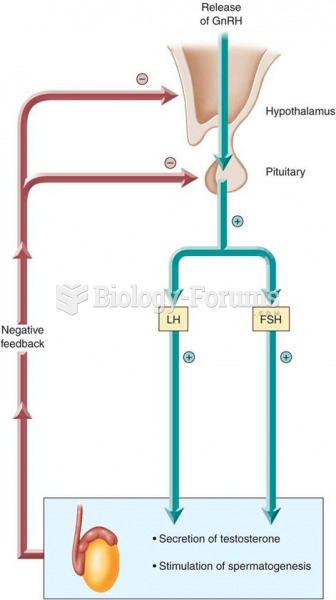Answer to Question 1
D
The most important intervention for fall and injury prevention is for the nurse to instruct the older adult to ask for help before getting up after receiving an opioid medication. This intervention is important because the medication can cause sedation and dizziness; therefore the nurse instructs him to ask for help to prevent a fall or injury. Side rails up x 4 is considered a restraint and may place the patient at risk for injury. Comfortable positioning is also a good supplemental intervention after administering pain medication. Offering toileting and hydration is a reasonable intervention to implement after administering pain medication, but it does not offer the same de-gree of safety as instructing the patient to call for help.
Answer to Question 2
B
Feedback
A Incorrect. This goal should be included in this man's plan of care because a flaccid extremity is at risk for skin breakdown, but it is not the first priority.
B Correct. The dominant arm, vital to the skill of a carpenter, is useless to this man unless he can adapt to the impairment with adaptive skills. Collaborating with occupational therapy (OT) is the most important goal for this older adult because the greatest factor in establishing wellness is adaptation, and OT can assist this man with adaptive tools, skills, and abilities to manage living with a flaccid dominant hand and arm.
C Incorrect. Plaque-reversing strategies including diet and antilipid medication should be part of this man's plan of care. It is not the most important goal for this man, however, because adaptation is the most important factor in establish-ing health and wellness.
D Incorrect. This goal should be included in this man's plan of care; however, given the flaccidity of his dominant arm, the most effective measures toward adaptation are to help him develop the new skills and abilities he will need to cope effectively. Supporting effective coping mechanisms can help to enhance the work of OT.







